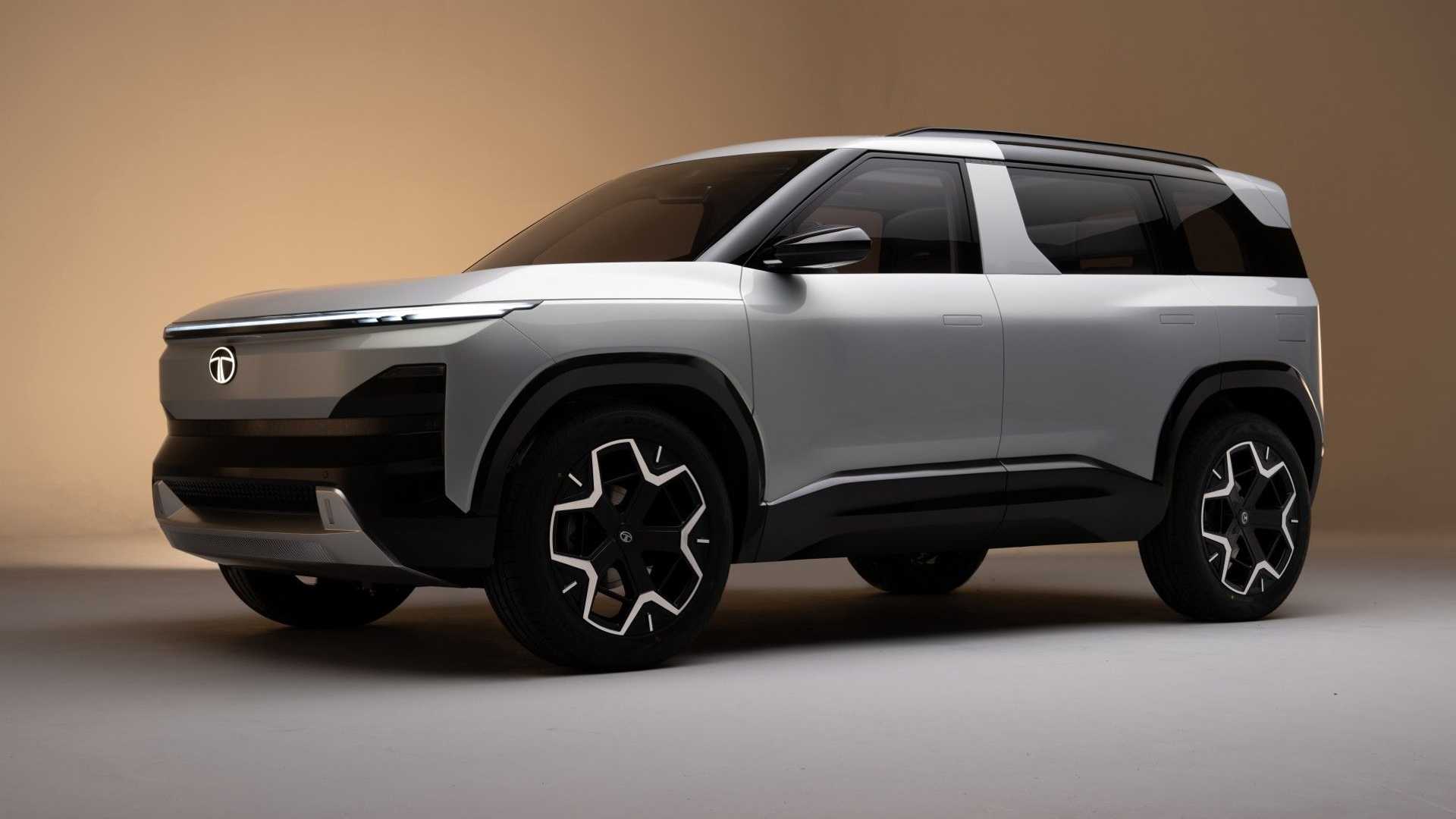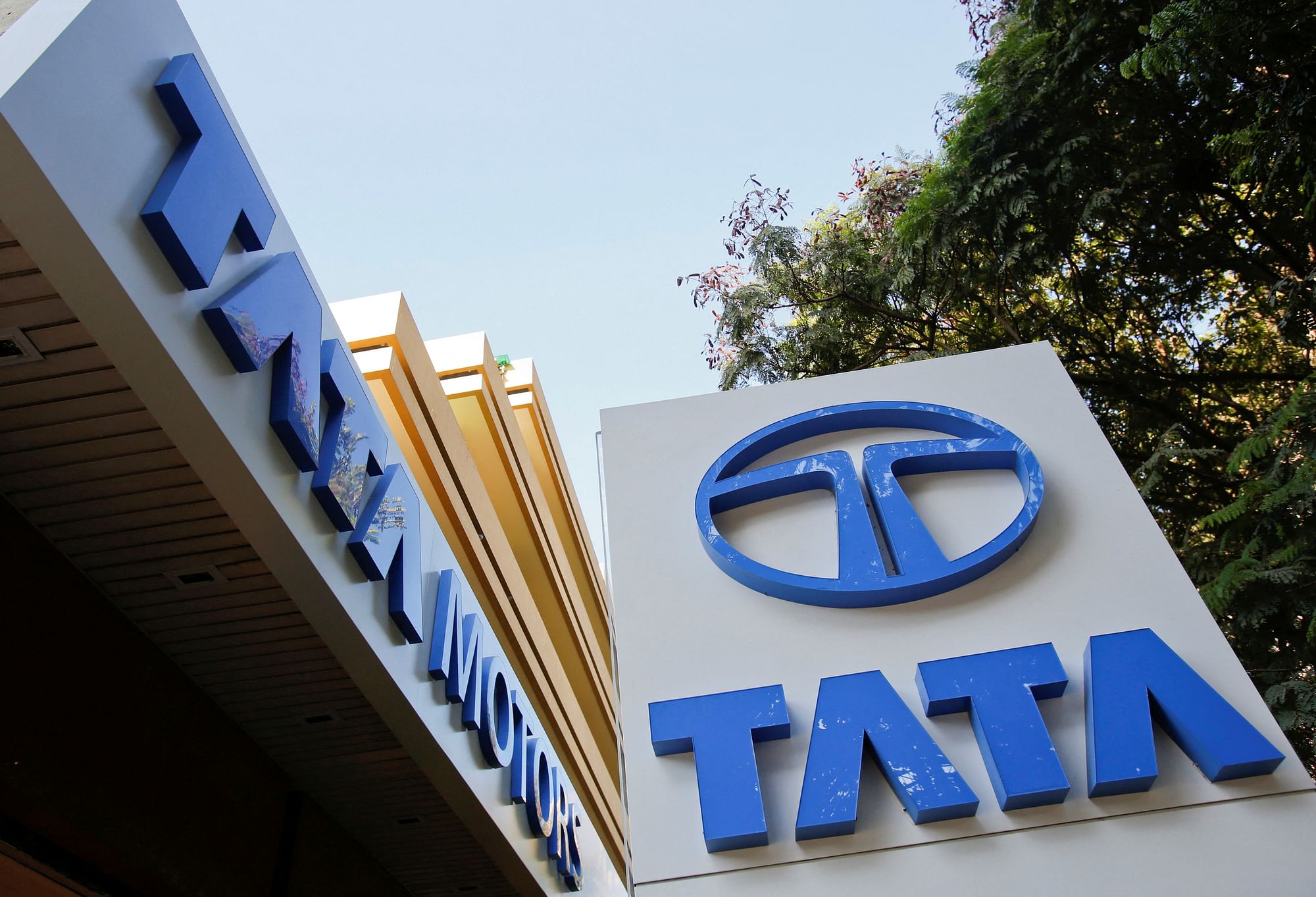In a strategic move, Tata Motors, a player in the Indian automotive sector, has declared its intention to forgo hybrid models and shift its focus towards a diversified lineup consisting of internal combustion engine (ICE)-powered vehicles and fully electric offerings. This proclamation comes on the heels of the company’s announcement that it is poised to unveil an impressive quartet of electric SUVs within the early months of the forthcoming year.
Tata Motors’ forthcoming launches are set to encompass a series of electrified offerings, including the revamped Nexon EV, which will be swiftly succeeded by electric iterations of the compact Punch SUV and the larger Harrier model. Notably, the eagerly awaited production rendition of the Tata Curvv Concept, initially introduced in 2022, will also be released in both ICE-powered and fully electric variants, introducing the automaker’s cutting-edge Gen 2 architecture. Furthermore, Tata Motors provided a glimpse into its future lineup by previewing the Sierra EV SUV earlier this year, with market availability anticipated in 2025, coinciding with the introduction of the Avinya hatchback flagship.
See also: Tata prepares battery factories for their electrification ambitions
The disclosure of Tata Motors’ progressive approach was made during the company’s annual shareholders’ meeting by Natarajan Chandrasekaran, Chairman of Tata Motors. Addressing the assembly, Chandrasekaran emphasised the company’s decision not to invest in hybrid technology, reaffirming the company’s dedication to electric vehicles, commercial transport, and heavy-duty trucks. Chandrasekaran elucidated, “Currently, we don’t have any plans for hybrids. We are focused on EVs, commercial vehicles, and heavy trucks – we will have hydrogen trucks.”
Aligning with a burgeoning global trend, Tata Motors has articulated ambitious goals for the proliferation of electric vehicles within its sales portfolio. The company aspires to secure a 25% share of electric vehicle sales within the Indian market by the year 2026, and a substantial 50% share by 2030. In an astute acknowledgement of the continued relevance of internal combustion engines in India, Chandrasekaran conjectured that ICE variants, encompassing petrol, diesel, and compressed natural gas (CNG) options, will continue to command a formidable presence throughout the country up until the latter part of the decade.
See also: Tata Motors Eyes Spain or UK for European Battery Cell Factory Location
It is noteworthy to mention that prominent competitors within the Indian automotive landscape, namely Suzuki and Toyota, have already introduced hybrid versions of their vehicles, such as the Grand Vitara and Hyryder twin SUVs.
Chandrasekaran remains optimistic about the trajectory of the Indian automotive market, anticipating an annual growth of nearly 10 million new car sales. Tata Motors, under his guidance, is poised to capture an enhanced market share as it endeavors to cater to the evolving preferences of the diverse Indian consumer base.





